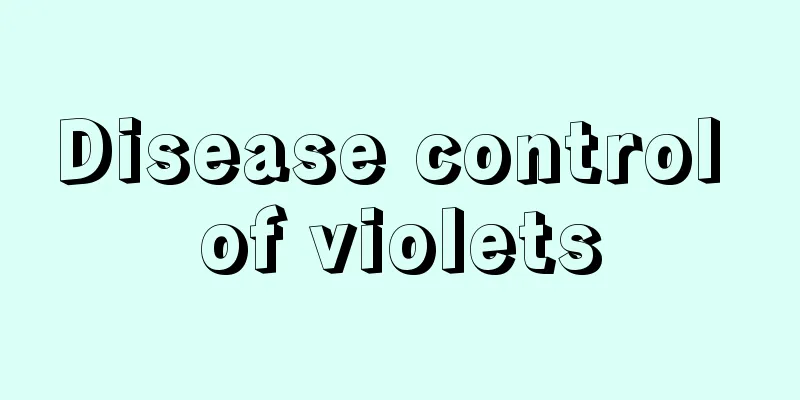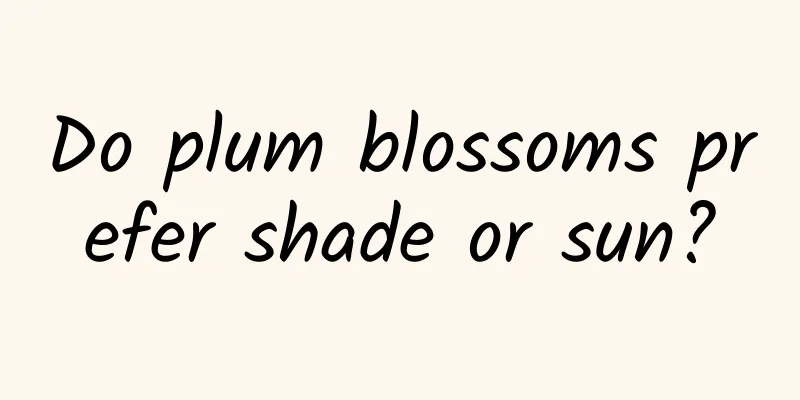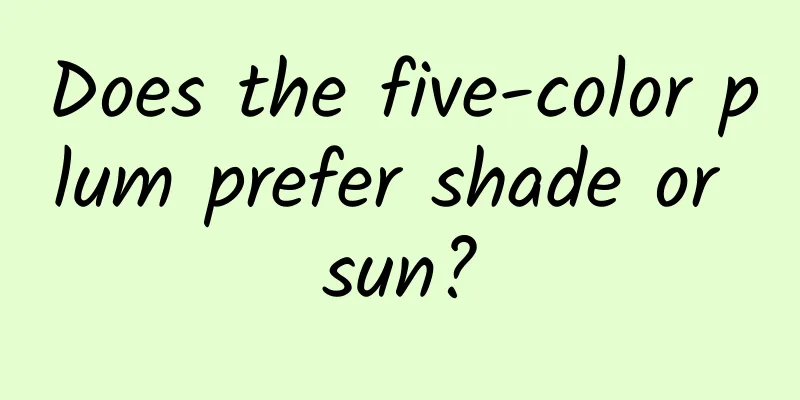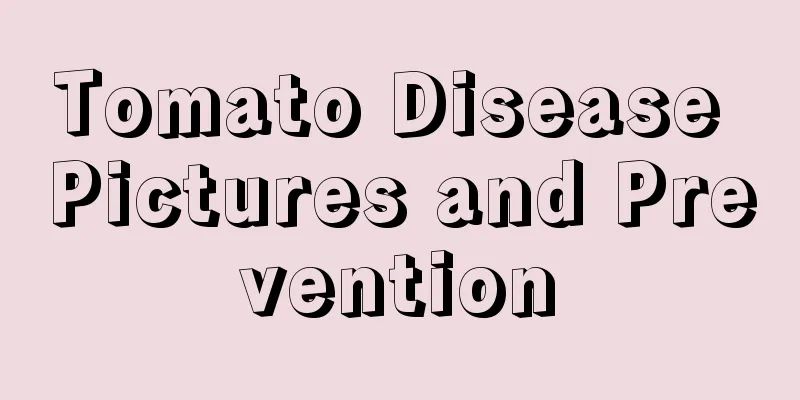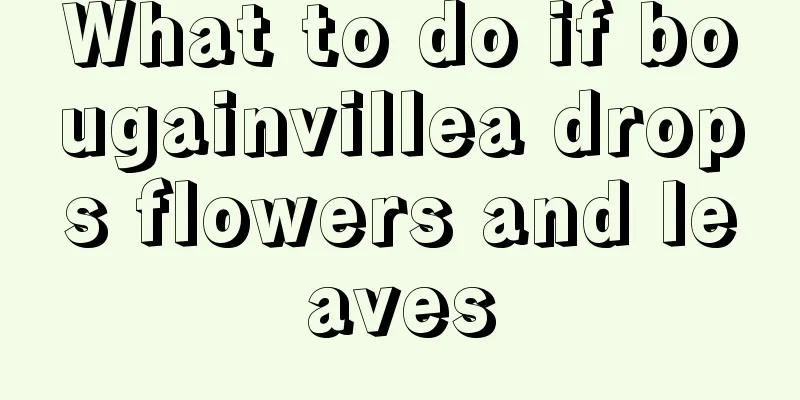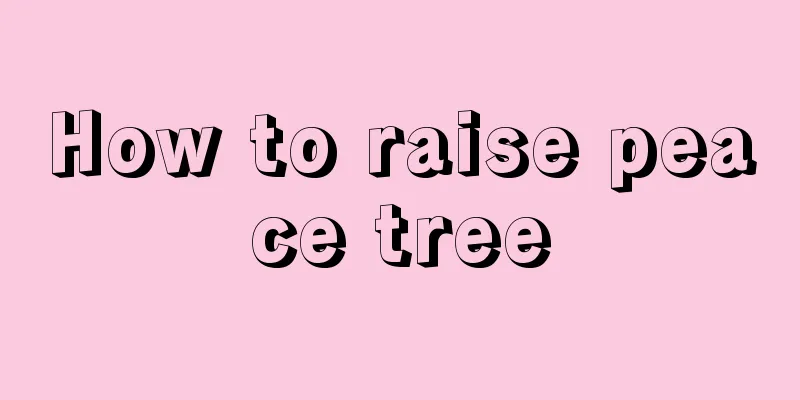What insects does fluphenazine and bifenthrin kill?
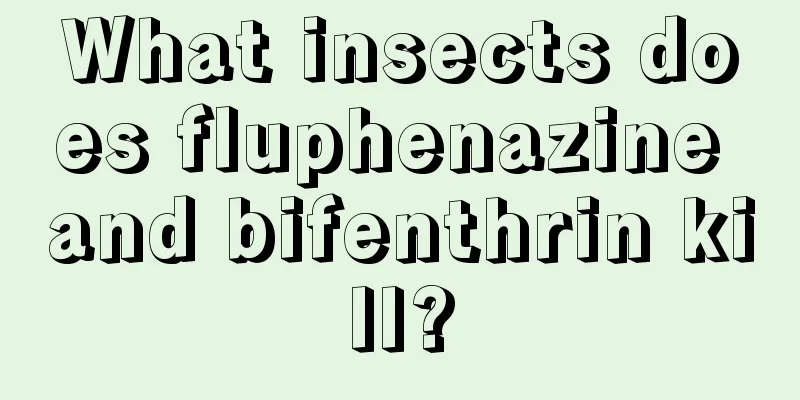
|
Fluphenazine-bifenthrin, a combination insecticide . It combines the advantages of flubendiamide and cypermethrin, has excellent neurotoxin and rapid antifeedant effects, a broad insecticide spectrum and rapid action. So what insects does flubendiamide and bifenthrin kill? Let’s learn more about it below. What insects does fluphenazine and bifenthrin kill? Fluphenazine and bifenthrin are effective against aphids, thrips , planthoppers, cabbage loopers, underground insects, etc. Usually, insects start to die one hour after application, and the death rate can reach 98.5% within 4 hours. It can kill eggs, larvae and adult mites. In addition, the ingredient fluphenazine has no drug resistance to aphids, and can make aphids quickly stop eating, while paralyzing their nerves and stopping them from causing harm. Correct use of flonicamid and bifenthrin 1. Usage The product recommends using 15% flubendiamide-bifenthrin suspension. Usage is as follows: (1) Peach trees and Chinese prickly ash: Spray yellow aphids and black aphids at 1500-2000 times the concentration, evenly. (2) Citrus: For aphids and thrips, 1500-2000 times the concentration, spray evenly. (3) Tea: Tea green leafhopper, aphid, black spiny whitefly 10g + 20g/barrel. (4) Watermelon and other melons: 10g yellow aphid and 20g black aphid per bucket of water. (5) Vegetables : 10g yellow aphid, black aphid and whitefly + 20g/bucket of water. (6) Flowers : 10g aphids, whiteflies, thrips and yellow thorn moth + 20g/bucket of water. 2. Notes (1) Reasonable use: Follow the product instructions and relevant regulations on the use of pesticides . (2) Rotate pesticides: avoid long-term single use to reduce the development of pesticide resistance in pests. (3) Pay attention to the environment: pay attention to the impact on non-target organisms and protect the ecological environment. (4) Scientific mixing: Conduct sufficient tests when mixing to ensure the efficacy of the drugs. (5) Adjust the use of medicine according to climatic conditions to improve the prevention and control effect. (6) Post-use treatment: Used containers should be properly handled and should not be used for other purposes or discarded at will to prevent environmental pollution and misuse. The above is an introduction to the uses and usage of fluphenazine and bifenthrin. Of course, the specific targets of prevention and control and usage and dosage should refer to the instructions on the product label and the regulations of the local agricultural department. Before using any pesticide, it is critical to carefully read the product label and follow all safety directions.
|
<<: Will roses be killed by the sun in summer?
>>: Cultivation methods and precautions of Oncidium
Recommend
What flowers are suitable for growing in Huaibei? What are the city flowers and trees?
1. Climate characteristics of Huaibei Huaibei has...
Do you need to water succulents after transplanting?
1. Do you need to water? Succulents that have jus...
Can canna be potted?
Can canna be planted in pots? Canna can be plante...
When do sunflowers bloom?
When does it bloom? Sunflower is also called sun ...
Preparation and use of peanut fertilizer
Peanuts are suitable for flower fertilizer Common...
How to grow Verbena in winter
Temperature control Verbena likes warmth and is n...
How to take care of newly bought lilies
1. Choose the right soil The newly purchased soil...
What is the matter with the dried leaves of Gloxinia
1. Lack of fertilizer 1. Reason: Gloxinia needs s...
When and how to plant green vegetables
Vegetable planting time Green vegetables are gene...
What kind of flower pot is suitable for alum root
What kind of flower pot is suitable for alum root...
Can you drink saffron every day? What are the benefits and harms?
1. Can I drink it every day? Saffron itself is a ...
The meaning of mandala flower, what does mandala mean
1. Meaning Although it has certain ornamental val...
When is the best time to plant lettuce?
Lettuce is a very common rural vegetable . Many f...
How to sow the seeds of cosmos after purchase
Basic information on sowing cosmos Cosmos is a be...
How to propagate Dendrobium chrysotoxum
1. Method of bud division This method is more app...
